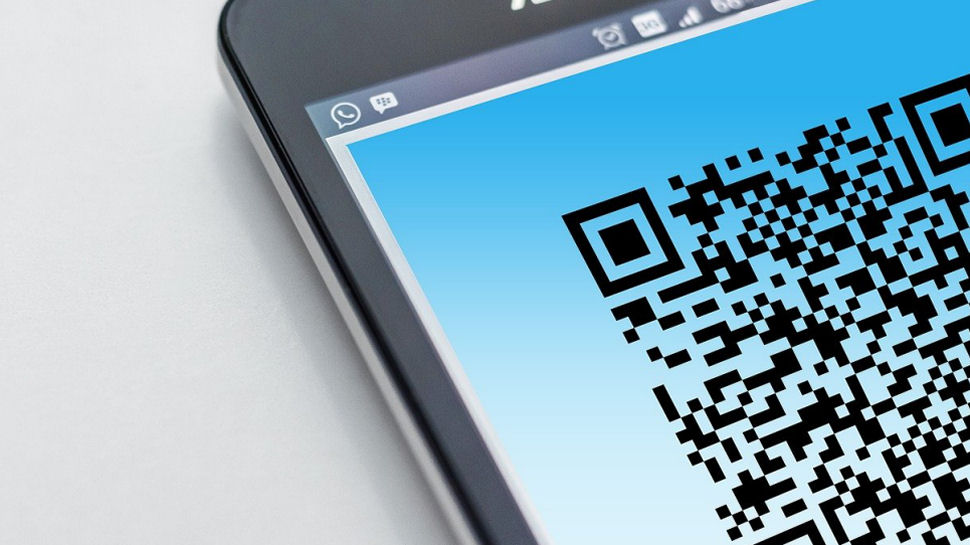Watch out - that QR code could just be a phishing scam
Phishing emails now come with malicious QR codes

The latest evolution of phishing emails includes QR codes as hackers look to maximize the potential of their campaigns.
A new report from cybersecurity researchers SecurityHQ claims to have observed a “significant increase” of such “quishing” emails in these past couple of months. The premise is simple - the majority of today’s email service providers are doing a relatively good job at filtering out emails with malicious URLs inside.
However, they’re not doing as good of a job on the mobile platform, and they can’t scan QR codes, making this a unique vulnerability for hackers to exploit.
Quishing
So, in practice, a victim would get a phishing email containing no links. Instead, right beside the call to action (or in the signature) will be a QR code in a .JPG or a .PNG file which can pass any email security tools.
Even the victim wouldn’t see the link, which is usually the best way to spot a phishing site. They would scan the QR code with their mobile phone, and would be redirected to a malicious landing page, where they’d either be enticed to download something (like malware), log in to a service (giving away their sensitive data to the attackers), or sign up for a service (yet again, giving away sensitive information).
Given the prevalence of email in both private and business environments, and the low cost of sending out emails, phishing remains the number one attack vector for most threat actors.
With phishing emails, which usually impersonate a popular brand, or a person of trust, the attackers try to create a sense of urgency and have the victim do something without taking a moment to think it through. That can be either a limited discount offer, a threat of account termination, or a parcel being returned soon.
Are you a pro? Subscribe to our newsletter
Sign up to the TechRadar Pro newsletter to get all the top news, opinion, features and guidance your business needs to succeed!
The usual goal of phishing is to have the victim grant the attackers access to their accounts or endpoints, either by downloading and running malware, or by sharing login credentials through phishing landing pages.
More from TechRadar Pro
- Tackling malicious domains and typosquatting
- Here's a list of the best firewalls today
- These are the best malware removal tools around
Sead is a seasoned freelance journalist based in Sarajevo, Bosnia and Herzegovina. He writes about IT (cloud, IoT, 5G, VPN) and cybersecurity (ransomware, data breaches, laws and regulations). In his career, spanning more than a decade, he’s written for numerous media outlets, including Al Jazeera Balkans. He’s also held several modules on content writing for Represent Communications.